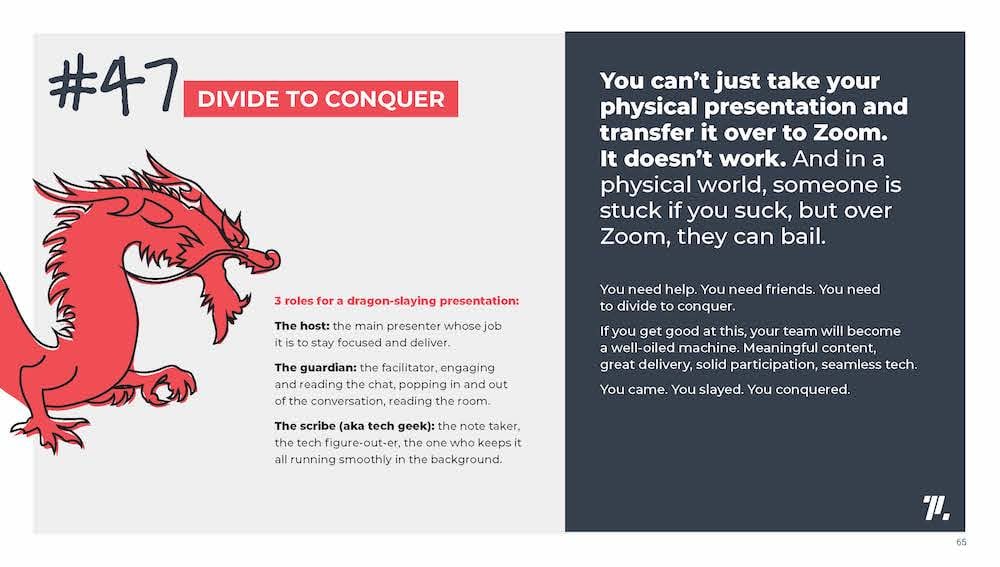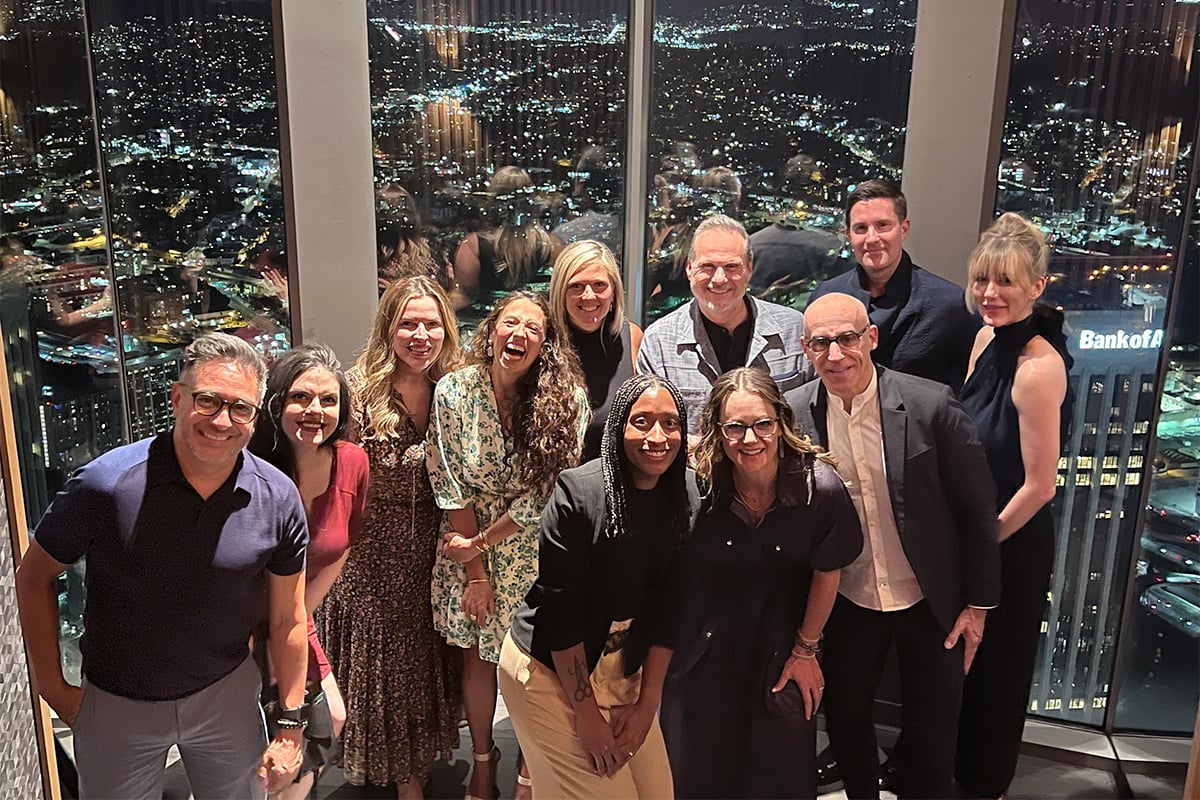
The COVID-19 vaccine rollout is underway and with it comes murmurs of plans to return to physical offices. Most experts agree that we won’t see widespread return-to-work policies in place until, at the earliest, late spring or early summer of 2021, but there is hope in the prospect of returning to some sense of normalcy. And that hope is prompting questions not only from those in the interiors industry, but also about the interiors industry. Throughout the pandemic, ThinkLab has been studying the intricacies of remote work to understand its evolution and, perhaps more importantly, to digest how remote work will change how work in the industry gets done in the future. Just as critical, ThinkLab’s research focuses on gauging the temperature of the industry’s interest in and ability to connect digitally.
While designers are eager for many things to return to normal, we’ve identified one outlier in our research: continuing education units (or CEUs) are the sole area that architects and designers (A&D) increasingly rate as “better virtually,” according to our ongoing quarterly studies. As of December 2020, as per ThinkLab’s efforts to measure appetite for sales connections in this digital world, 47 percent of designers surveyed say their consumption of CEUs is still increasing.
Even before the pandemic, the American Institute of Architects reported that CEUs ranked as the most impactful source of information on sustainability (67 percent of survey respondents agreed); CEUs were also the third-most used resource for sustainability inquiries, second only to manufacturer websites and internet research. Flash forward to the pandemic, and ThinkLab research suggests that 50 percent of CEU participants in the interiors industry (namely A&D) want CEUs to remain virtual moving forward, while only 18 percent want them to return to an in-person platform. (The remaining percentage either didn’t attend CEUs or were unsure of their preference.)
So, as we prepare to return to the office, what does that mean for both the participants (i.e., A&D) and the manufacturers and dealers who present to them? We sat down with ThinkLab’s very own resident CEU expert, Giselle Walsh, to discuss the advantages of a digital CEU for A&D and manufacturers and to develop a list of presentation tips that benefit both parties. As she puts it, “One thing we know from a recent study is that local manufacturers’ reps (63 percent of the time) and favorite manufacturers/corporate resources (48 percent of the time) are the most frequent sources designers turn to for CEUs. So, in this increasingly digitized era, where knowledge is the new currency, CEUs are one of the most critical connection points. They are of great value to designers and manufacturers.”
New demands in a virtual era
Architects and designers have always needed CEUs in order to keep their accreditations. But in today’s world of digital prevalence, where information can be sourced (and easily compared) from everywhere, it’s elevating the expectations of CEUs both from a content and a delivery perspective. Here’s how.
Make sure content is king.
As Walsh explains, “With so many online courses today, architects and designers have more options than ever available at their fingertips, which puts a greater weight on the critical issue of CEU topic selection. We all know today’s hottest issues, but increased consumption means increased pressure to avoid what can become an echo chamber of repeat information to a designer sitting in on multiple virtual CEUs. What’s more, in a digital CEU, it’s easier for participants to multitask, meaning participants are seeking next-level content to keep them engaged.”
Be digitally engaging.
With in-person CEUs, there’s an intrinsic value to the friendly face presenting the content. And, while friendly faces and relationships are still important, what trumps a friendly face in a digital CEU is a knowledgeable, compelling presenter and new types of engagement that leverage the limitations of a virtual world. Remember, just as content is compared, the quality of delivery will be, too, and may have an even bigger effect on the “staying power” of a CEU in this virtual world.
Walsh notes, “Technology has to be a flawless experience, and presenters must be confident, knowledgeable, and engaging through a screen, which we all know is more difficult to many presenters accustomed to engaging and reading social cues in person.” It is easy for a digital presentation to feel like one-way communication, with little reaction from the audience.
What makes digital seminars great?
If the future of CEUs is digital, what allows for these events, originally created as a connection point between manufacturers and A&D, to remain a solid opportunity for engagement and interaction? Here are some tips for manufacturers:
- Keep content to 45 minutes. (This is IDCEC’s minimum requirement for one credit.) Everyone is feeling Zoom fatigued, so it’s more important now than ever to end on time.
- Leverage the “limits” of technology to create experiences that keep multitasking next-gen participants engaged. One example is having a second team member on the digital presentation to engage CEU-takers in the chat. This not only provides feedback to the CEU presenter about what is resonating, but it also creates a new (digital) community experience that helps architects and designers interact with their peers, sharing their own perspectives in a way that couldn’t happen in person. (It’s generally bad manners to talk to your neighbor in an in-person presentation!)
- Elevate your follow-up. With digital CEUs, you have more reach per presentation but make fewer personal connections. Make sure your follow-up involves a familiar face and finds a shared reason to engage. (If you use the chat interaction above, it will give you clues as to mutual interests!)
- Divide to Conquer. Take a page straight out of our B2B Playbook (literally) and implement a team approach to your virtual CEU presentations.
While in-person CEUs will most likely never fully go away, ThinkLab anticipates that the future of CEUs will remain digital in 2021 and beyond. Walsh agrees and leaves us with this: “I think this is one of those instances where we’re already making change — and it’s going to stick. As for ThinkLab, we’re taking these insights to heart and researching new delivery methodology (think podcast CEUs, perhaps) to see what resonates most with both presenters and participants. It’s an exciting time for CEUs, and we’re proud to be at the forefront of understanding the changes.”
Designers: Have additional suggestions on what makes a great CEU? We’d love to hear from you. Manufacturers: Need help creating an engaging digital CEU? ThinkLab can help.
Amanda Schneider is President of ThinkLab, the research division of SANDOW. At ThinkLab, we combine SANDOW Media’s incredible reach to the architecture and design community through brands like Interior Design Media, Metropolis, Luxe, and Material Bank with proven market research techniques to uncover relevant trends and opportunities for the design industry. Join in to explore what’s next at thinklab.design/join-in.


